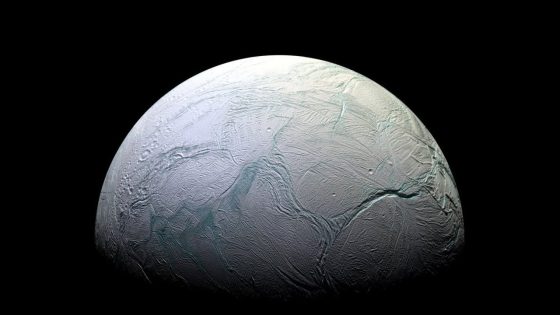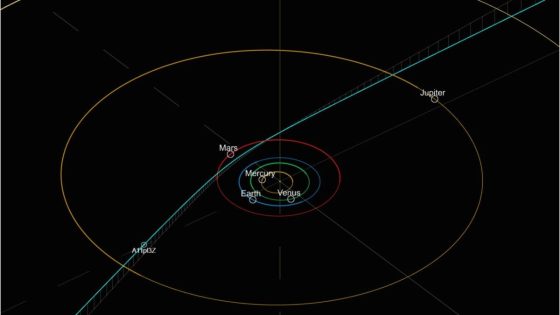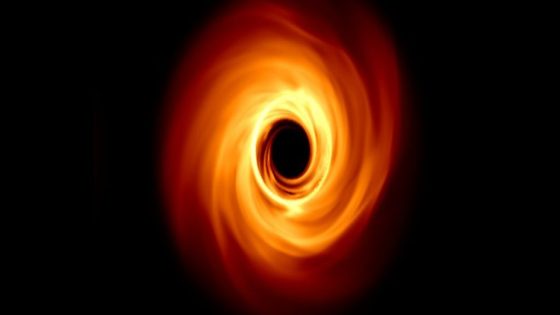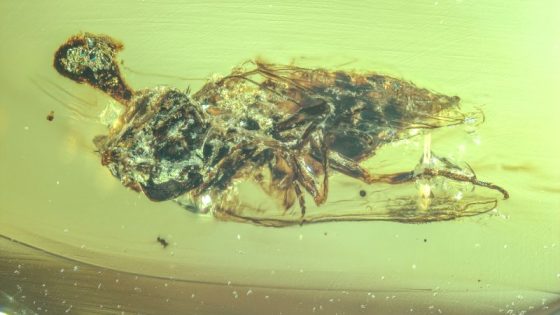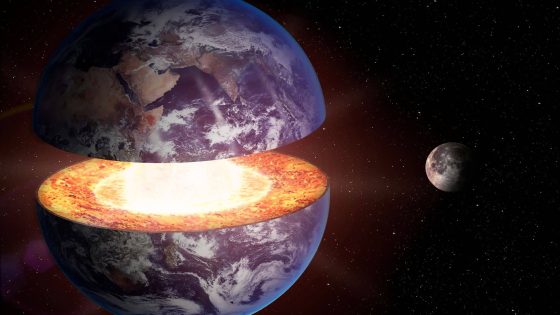Water ice is a common feature in space, found on frozen moons and within interstellar dust. Recent research from University College London (UCL) and the University of Cambridge, published on 2025-07-10, reveals that this ice isn’t as amorphous as previously believed.
- Water ice exists in various forms in space.
- Crystallization occurs in low temperatures.
- Medium-density amorphous ice has unique properties.
- Simulations reveal crystalline structures in ice.
- Findings impact theories on life's origins.
- Research published in Physical Review B.
Traditionally, scientists thought that the extreme cold of space, reaching temperatures as low as –328 degrees Fahrenheit (–200 degrees Celsius), prevented water ice from forming a crystalline structure. However, new findings suggest that up to 25% of the amorphous ice in space could actually contain crystalline elements, challenging long-held assumptions about its structure.
This discovery raises intriguing questions about the nature of ice in the universe. How does this crystalline structure impact the formation of planets and the evolution of galaxies? Consider these points:
- Crystalline ice may affect how organic materials are embedded in space.
- Understanding ice’s structure can inform spacecraft design for radiation shielding.
- The findings could limit theories about the origins of life on Earth.
As scientists continue to explore the complexities of water ice in space, these findings could pave the way for new insights into the universe’s formation and the origins of life.



